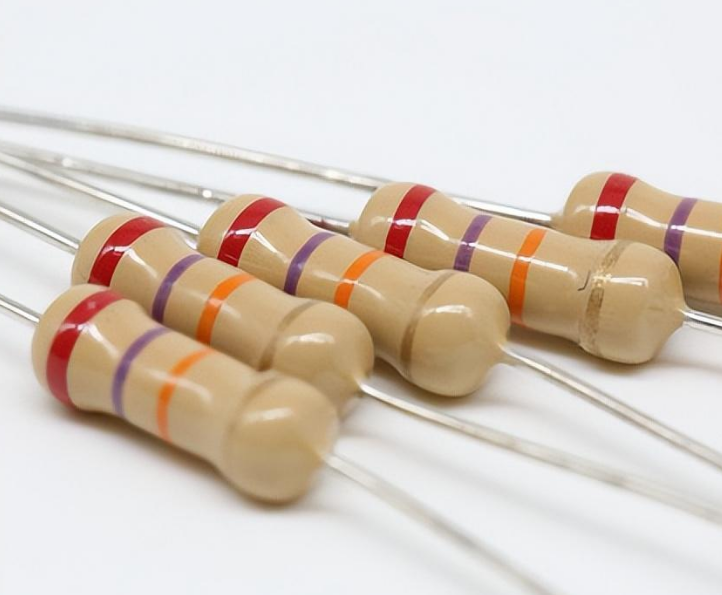Recently, at IEEE IEDM, the world's top semiconductor and electronic device technology forum, two research papers on gallium oxide devices (high power gallium oxide Schottky diode and gallium oxide photodetector) by Professor Long Shibing of National Demonstration School of Microelectronics, USTC were successfully accepted by the conference. This is also the first time that the Chinese University of Science and Technology has published a paper as the first author in IEEE IEDM.
High-power gallium oxide Schottky diode
How to develop effective edge terminal structure and alleviate the edge electric field of Schottky electrode is a hot topic in the research of gallium oxide Schottky diode. As gallium oxide P-type doping has not been solved, the PN junction related edge terminal structure has been a difficulty. Based on the previous research of gallium oxide heterojunction PN junction, the heterojunction terminal expansion structure was successfully applied to gallium oxide Schottky diode.
In this study, the charge concentration in the JTE region was optimized by reasonable design to ensure that the forward characteristics of the diode were not affected while the Schottky edge electric field was maximized, thus effectively improving the voltage resistance of the device.Here we have SUS102405C.
The optimized device achieves a low on-resistance of 2.9mΩ·cm2 and a peak breakdown voltage of 2.1kV, with a power quality factor of up to 1.52GW/cm2. In addition, a large-area gallium oxide Schottky diode was successfully fabricated and packaged by this optimized process. The current density of the device reached 180A/cm2 at a forward bias of 2V, and the reverse breakdown voltage was as high as 1.3kV.

Gallium oxide photodetector
Photodetectors are playing an increasingly vital role in numerous fields such as target tracking, environmental monitoring, optical communication and deep space exploration. Responsivity and response speed are two key performance parameters of photodetectors. However, there exists a restrictive relationship between these two parameters.
Due to the lack of mature material defect control technology, this problem is particularly prominent in the ultra wide band gap semiconductor detectors represented by gallium oxide materials. Professor Long Shibing's team introduced additional auxiliary light sources to implement the OPG regulation scheme (Fig. 2a) to alleviate the above constraints.
Under this OPG scheme, the Ga2O3/WSe2 junction field-effect transistor detector showed negative grating effect (NPG) under the exposure of target light (deep ultraviolet), and the threshold voltage of the device moved negatively (Figure 2b). On the contrary, when the auxiliary light source (visible light) irradiates, the device exhibits a positive grating effect (PPG), and the threshold voltage of the device moves forward. When the target light and the auxiliary light are irradiated at the same time, the device integrates positive and negative grating effects, but the threshold voltage typically moves in a negative direction. The OPG scheme effectively suppressed the severe persistent photoconductivity effect in the device, and the response speed of the device was significantly improved (Figure 2c).
In addition, the auxiliary visible light introduced in the OPG control scheme has minor influence on the key indicators of the device, such as the light/dark current ratio and responsiveness. Finally, when the visible light in the OPG scheme is generally open, the response speed is improved by more than 1,200 times at the sacrifice of 10.4% of the responsivity, which successfully weakens the restrictive relationship between response and response speed.
In particular, when the auxiliary light source is only triggered at the falling edge of the device response by the feedback circuit, the response speed can be improved by orders of magnitude without sacrificing responsiveness. This work proposes a strategy that can alleviate the restriction relationship between responsiveness and response speed by sharing an auxiliary LED with 10 million pixels in the photodetector chip, which has significant reference significance for improving the comprehensive performance of the photodetector chip.
